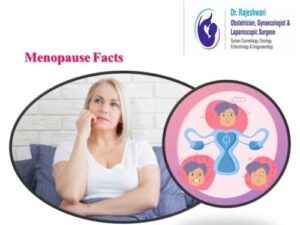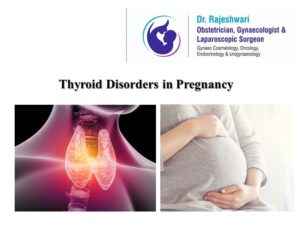Cervical cancer causes
The cervix is the lower part of the uterus. It connects the uterus to the vagina. When the cells in the lining of the cervix grow out of control, cervical cancer develops. Cervix has an opening that leads into the uterus. It is known as an endocervix. It has glandular cells. The outer part of the cervix is known as the ectocervix. It has squamous cells. These two types of cells meet at a place in the cervix. This place is known as the transformation zone. This is the place where most cervical cancers develop. This zone continues reformation as a woman gives birth and gets older.
Cervical cancer is of different types: adenocarcinoma, squamous cell carcinoma, and mixed carcinoma.
Cervical Cancer Causes
The exact cause of cervical cancer is unknown, but the Human papillomavirus certainly plays a role. However, it doesn’t always mean that people who have this virus are definitely going to get cervical cancer. Genetic, environmental, and lifestyle factors could play a role in causing cervical cancer.
The Role of HPV in Cervical Cancer
Does the risk of cervical cancer exist for all women? Yes, the risk of cervical cancer exists for women above age 30. The risk is high in women who have a long-lasting or persisting infection with certain strains of the HPV virus (Human papillomavirus). This is the most common sexually transmitted virus that spreads during sex. It is estimated that approximately 50% of sexually active people will have HPV at some point in their lives, but only a few women will develop cervical cancer.
What are the risk factors for cervical cancer?
The following factors increase the risk of cervical cancer in women:
- High-risk sexual activity
- Having multiple sexual partners
- Unprotected sex
- Having started sex early after puberty
- Immune system disorders
- Sexually transmitted diseases (STDs)
What are the symptoms of cervical cancer?
Cervical cancer, during the early stages, doesn’t cause any symptoms – in most cases. The most advanced cervical cancer is associated with the following symptoms: pelvic pain, mass protruding through the vagina, pressure in the lower abdomen; watery or heavy bloody, whitish or watery discharge that may have a foul odor; vaginal bleeding after menopause, between periods or after sexual intercourse.
Bottom Line
Cervical cancer screening: The good news about cervical cancer is that it is the most preventable cancer in women the cervical cancer causes are unknown. The reason is improved screening through PAP tests and HPV tests. Owing to this reason, only a few women die. Another aspect of cervical cancer is that it grows slowly providing the time to detect it early before it can cause any serious life-threatening problems. Early detection ensures effective treatment with long survival and good quality of life.
Women who are in the following age groups are more likely to get cervical cancer – 35 to 45 years of age. During the past few years, approximately 20% of new cases are being detected in women aged 65 years. This is often in women who have not been getting a regular screening done.
Screening tests and the HPV vaccine can help prevent cervical cancer. If you still have any questions, concerns, or doubts regarding the prevention, screening, vaccination, and risk factors of cervical cancer – consult me any time.





